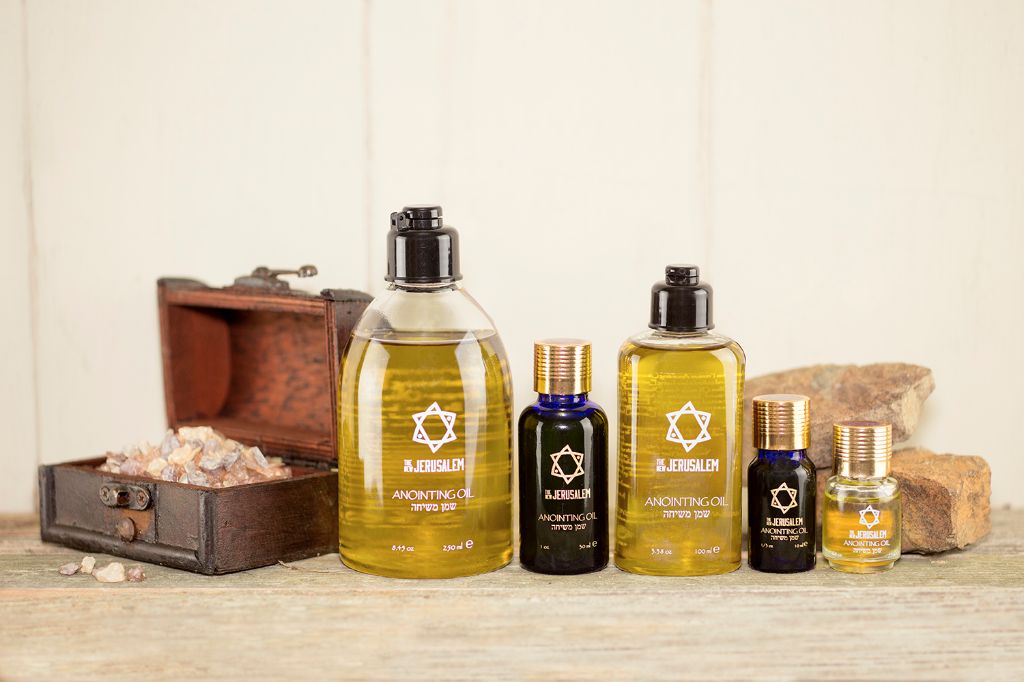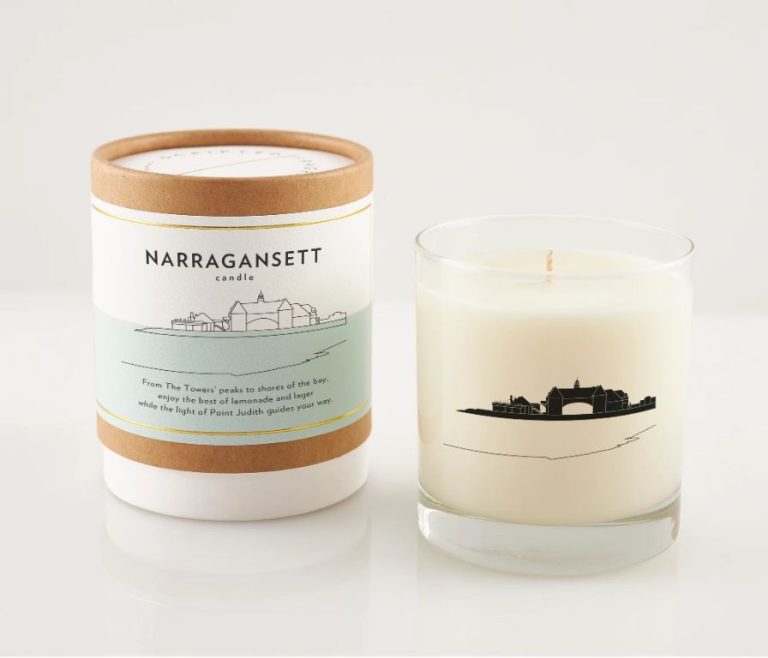What Does The Bible Say About Frankincense And Myrrh?
Frankincense and myrrh are aromatic resins that have been highly prized since ancient times. Frankincense is a milky white resin extracted from trees of the genus Boswellia, while myrrh is a reddish-brown resin that comes from Commiphora trees. Both resins are native to the Arabian peninsula and northeastern Africa. Frankincense and myrrh have a long history of use dating back at least 5,000 years to ancient Egypt, where they were valued for their fragrance and medicinal properties. Trade routes were established to transport frankincense and myrrh across the ancient world, and they were highly sought after luxuries. By the height of the Roman Empire, some 3,000 tons of frankincense and 500 tons of myrrh were imported annually from Arabia and India. Today, frankincense and myrrh are still produced and used around the world for their rich aromas and therapeutic benefits.
Symbolic Significance
Frankincense and myrrh have held great symbolic meaning in many ancient cultures. In ancient Egypt, frankincense represented the sun god Ra, and myrrh paid homage to the moon goddess Isis. They were seen as masculine and feminine energies respectively. Burning these resins was thought to help one transcend the physical world and connect with the divine (Source).
In ancient Jewish tradition, frankincense symbolized holiness, righteousness, and truth. It was one of the ingredients in the holy incense used in temple worship. Myrrh also had sacred associations, and was used for anointing oil and perfume (Source).
When offered together, frankincense and myrrh represented honor and veneration. Their precious spiritual qualities made them fitting gifts for the newborn Jesus.
Biblical Mentions
Frankincense and myrrh are mentioned several times in the Bible. Here are some of the key passages:
In Exodus 30, God gives instructions for making sacred anointing oil, which includes 500 shekels of pure myrrh along with other fragrant spices like cinnamon and cassia (Exodus 30:23-25, https://www.biblegateway.com/passage/?search=Exodus%2030&version=ESV). This oil was used to anoint the furnishings of the Tabernacle and consecrate them for God’s service.
Song of Solomon refers poetically to climbing “the mountain of myrrh” and “the hill of frankincense” (Song of Solomon 4:6, https://www.biblegateway.com/passage/?search=song+of+solomon+4%3A6&version=ESV). This speaks to the precious and exotic nature of these substances.
In the New Testament, frankincense and myrrh were among the gifts brought by the wise men to honor the newborn Jesus (Matthew 2:11, https://www.biblegateway.com/passage/?search=Matthew+2%3A11&version=ESV). These valuable gifts symbolized Christ’s divine nature and future sacrificial death.
Revelation 18 refers to merchants trading in frankincense and myrrh, along with other precious wares (Revelation 18:13, https://www.biblegateway.com/passage/?search=revelation+18%3A13&version=ESV). This demonstrates the lasting economic importance of these resinous perfumes.
Gifts of the Magi
The Magi, or wise men, are described in the Gospel of Matthew as “being from the east” and traveling to pay homage to the newborn Jesus in Bethlehem. As Matthew 2:11 states, “On coming to the house, they saw the child with his mother Mary, and they bowed down and worshiped him. Then they opened their treasures and presented him with gifts of gold, frankincense and myrrh.”
Frankincense and myrrh were valuable commodities in antiquity, used as incense and perfume. They had great symbolic significance in the ancient world. According to the National Shrine, “The frankincense represents Jesus’ deity. In the Old Testament, frankincense was traditionally burned in the temple as an offering to God” (National Shrine). Myrrh symbolizes Jesus’ mortality, foreshadowing his passion and death. As noted by Biblical Archaeology, myrrh oil was used for embalming the dead.
These luxurious, aromatic gifts reflect the Magi recognizing Jesus as the Messiah and future king. The gifts were suitable presents for royalty and divinity. As described in Matthew’s account, the Magi paid homage to the newborn king of the Jews through their offerings.
Temple Worship
Frankincense was an important part of ancient Jewish temple worship. According to https://jewelsofjudaism.com/gold-frankincense-myrrh-ki-tisa/, frankincense was used as a sweet smelling incense that was continually offered on the altar of incense inside the temple. The smoke from the incense represented the prayers of the people rising up to God. Frankincense was one of the ingredients specifically prescribed for making the sacred incense described in Exodus 30:34-38.
The Church of Jesus Christ of Latter-day Saints explains that frankincense accompanied the meat offerings in temple ceremonies. The pleasant aroma was symbolic of rising prayers. Burning frankincense also served practical purposes, masking unpleasant odors from animal sacrifices.
Anointing Oil

Frankincense and myrrh were key ingredients in the sacred anointing oil used to consecrate priests, kings, and the tabernacle in the Old Testament. God provided Moses with a specific recipe for creating the holy anointing oil:
“Take the following fine spices: 500 shekels of liquid myrrh, half as much of fragrant cinnamon, 250 shekels of fragrant calamus, 500 shekels of cassia—all according to the sanctuary shekel—and a hin of olive oil. Make these into a sacred anointing oil” (Exodus 30:22-25).
This specially formulated oil was used to anoint Aaron and his sons as priests, to anoint the furnishings and utensils of the tabernacle, and to anoint future kings of Israel. The frankincense and myrrh mixed with olive oil gave the anointing oil its unique fragrance and sanctity, setting it apart for sacred purposes.
Perfume
Frankincense and myrrh were highly valued in ancient times for their fragrant properties and uses as perfumes. Frankincense was known as a perfume and burned as incense in temples throughout the East. Myrrh was used as a sacred anointing oil and has a rich, earthy scent. Both frankincense and myrrh are derived from tree sap that is dried into resin. When burned, they produce an aromatic smoke. The fragrance of myrrh is mentioned several times in the Bible, particularly in the Song of Solomon where the lover’s robes and bed are perfumed with myrrh (Song of Sol. 3:6, 5:5). Myrrh was one of the precious gifts presented to the baby Jesus by the Magi (Matt. 2:11). The Bible speaks of frankincense and myrrh as costly spices and perfumes, demonstrating their value for aroma and fragrance in biblical times.
Medicinal Uses
Frankincense and myrrh have been used for medicinal purposes for thousands of years. According to research, both resins contain compounds that have anti-inflammatory, antimicrobial, and antioxidant properties (https://www.ncbi.nlm.nih.gov/pmc/articles/PMC6749531/).
Frankincense oil is thought to help reduce inflammation and pain when applied topically. Some research shows it may benefit conditions like arthritis, osteoarthritis, and tendonitis when used this way. Frankincense essential oil is also sometimes used to help promote relaxation and sleep (https://www.webmd.com/diet/health-benefits-frankincense-essential-oil).
Myrrh essential oil can also be applied topically to help soothe chapped, cracked, or aged skin. Traditionally it has been used to treat gum disease and mouth sores as well. There is some preliminary research showing myrrh may reduce gut inflammation and be beneficial for digestive issues (https://www.medicalnewstoday.com/articles/323861).
Both frankincense and myrrh resins are being studied for their potential anticancer effects. Some early research indicates they may help prevent the proliferation of cancer cells, but more studies are needed to confirm these effects in humans (https://www.ncbi.nlm.nih.gov/pmc/articles/PMC6749531/).
Modern Significance
Frankincense and myrrh continue to have symbolic and practical significance today. Both resins are still used in religious ceremonies and spiritual practices around the world. For example, frankincense remains an important part of Catholic and Orthodox liturgies, where it is burned as incense during rituals. Myrrh is commonly used to anoint altars, sacred objects, and people during rites in Eastern Orthodox, Ethiopian Orthodox, and Coptic churches. Both resins maintain an aura of sanctity and divine blessing.
Beyond the spiritual realm, frankincense and myrrh oils and extracts are growing in popularity for their many purported health and wellness benefits. Some research indicates these resins have anti-inflammatory, antimicrobial, and antioxidant properties. Frankincense oil is marketed for improving skin tone and elasticity, while myrrh products target oral, digestive, and respiratory issues. However, more scientific studies are needed to substantiate many of these claims. Overall, the longstanding cultural mystique around frankincense and myrrh continues to drive interest in their potential cosmetic, medicinal, and spiritual uses today.
Conclusion
Frankincense and myrrh hold great spiritual and symbolic significance in the Bible and Christianity. As rare and valuable spices, they were precious gifts brought by the Magi to the Christ child. They were key components used in temple worship, signifying prayer and intercession. Frankincense and myrrh were primary ingredients in the sacred anointing oil used to consecrate the tabernacle and priests. Their fragrance was associated with the presence of God. The spices also had practical uses as perfume and medicine. While frankincense and myrrh were clearly important in biblical times, they continue to have modern significance and uses today.
In summary, frankincense and myrrh were highly prized commodities in the ancient world. The Bible associates these aromatic resins with holiness, prayer, sacrifice, healing, and royalty. They were sometimes more valuable than gold. The Magi’s gifts of frankincense and myrrh showed Jesus’ great worth and pointed to his Priestly and Kingly roles. These spices elevated and purified worship, and signified closeness to God. Frankincense and myrrh remain potent symbols of Christ’s redemptive work.



